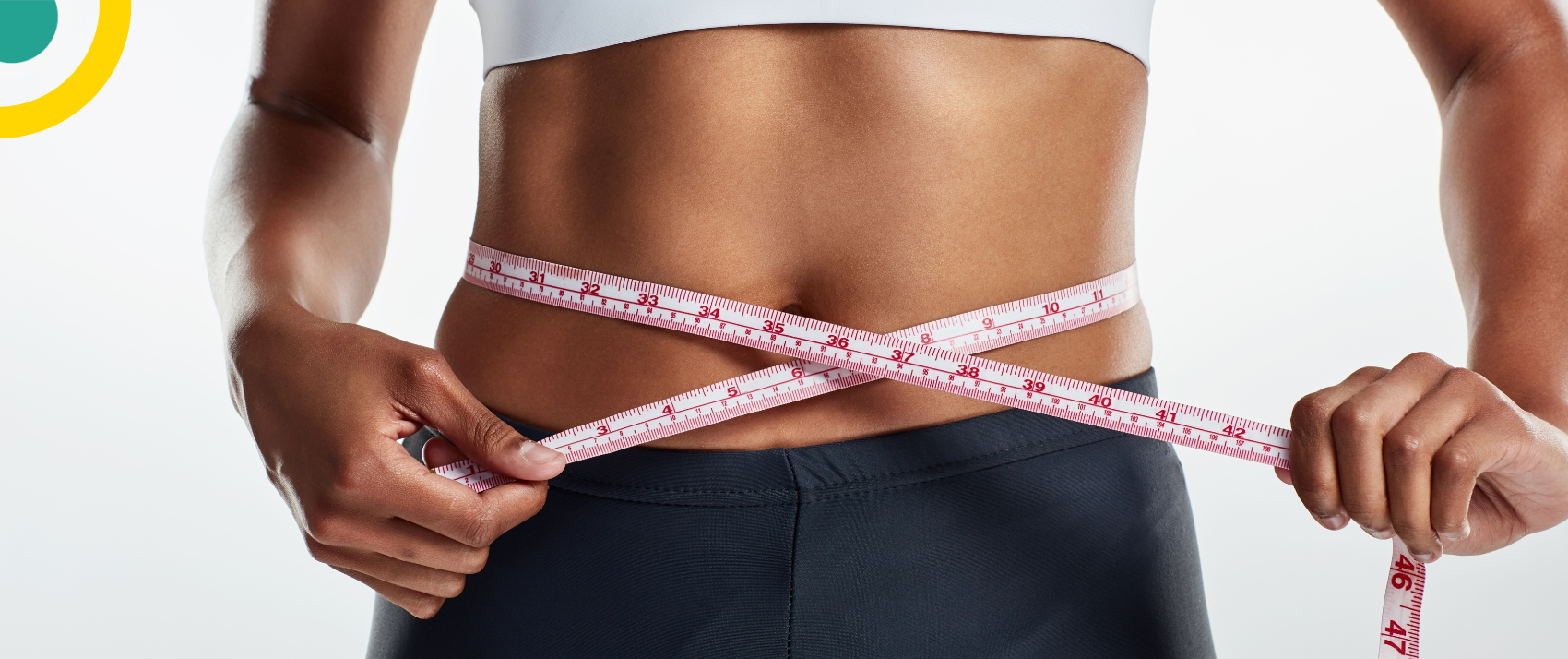Setting fitness goals and determining the right fitness programme for you are crucial steps in achieving physical wellness. Your programme should be based on the amount of time you can dedicate to maintaining or becoming the best version of yourself. It’s recommended to engage in at least 150 minutes of aerobic activity (cardiovascular conditioning) per week and perform at least one set of 12 – 15 repetitions for each muscle group. The structure of your fitness programme depends on your available time. This week, to further assist you in reaching your fitness goals, we will explore the different muscle groups to focus on during strength (resistance) training.
Muscle groups
The muscles in your body are divided into three types: cardiac, smooth, and skeletal.
- Cardiac muscles control your heart.
- Smooth muscles are those that you cannot control but that takes care of your involuntary functions (like constricting your blood vessels).
- Skeletal muscles are the muscles that you can focus on in your fitness programme.
Fitness experts divide these muscles into the following major muscle groups: chest, back, arms, abdominals, legs, and shoulders. Does this mean I have to spend six days in the gym or use my fitness app for each muscle group? This is too much! Stop – if you have the time, yes, but we can group these muscles in such a way that you can combine the six groups into three sessions. We will discuss each group throughout this article.
The amount of time you spend on each group. This will also depend on your time available. However, you should do 12 – 15 repetitions three times per group. In other words, do 12 – 15 repetitions, rest for a minute or two, do the second 12 – 15 repetitions, rest again and finish with your third set of 12 – 15 repetitions.
Also remember that if you group muscles, you need to do at least one set per section in the session. So, if you group your chest, shoulders, and triceps you should do one set per muscle group, therefore three sets for each group or a combination of the muscles in one fluid exercise.
Let us have a look at the combinations of different muscle groups.
Chest, Shoulders, and Triceps
This session will focus on the upper part of your body: the front, back and top of your arms. Simply put, these are the muscles that you feel when you do a push-up! The exercises associated with this muscle group are often referred to as ‘push’ exercises – because it involves pushing resistance away from your body.
Back, biceps and abdominals
The lower back, abdominals, and biceps could be done together in a training session. This includes the core section of your body (your tummy and lower back) and then you can add your arms. These are the muscles that you ‘feel’ when you go into a plank position. Different from the previous muscle group (chest, shoulders, and triceps) – these exercises are usually linked to ‘pulling’ towards the body.
Hamstrings, quadriceps, calves, and glutes
Legs, legs, legs… even if you are an enthusiastic runner or cycler, a focus on your legs cannot be ignored. Squats, lunges, and deadlifts are usually the exercises you think of when you focus on your legs. The most important aspect to remember when you put a session together for your legs is to include exercises that cover the WHOLE leg.
How to track your progress
You must make sure that you get the optimal benefit for the time you put into your sessions. Why do it if you are not doing it right? If you have not done any specific strength training before and you are just getting ready to start, you need to remember that you are in the process of building your strength. You cannot start lifting 20-kilogram dumbbells no matter how strong you think you are. Remember, the idea is to provide short bursts of intense energy.
 Start with lighter weights (or even without weights – and light resistance bands) and more repetitions. You will benefit from the session much more than suffering through 10 reps with a weight that is too heavy. You might also put yourself in danger of injuries, and you do not want that. Once you feel that the lighter weights are not providing the challenge you need, then you can increase the weights, or you can increase the number of repetitions you do. It is such fun and highly empowering when you start moving on to heavier weights and challenge yourself in such a way.
Start with lighter weights (or even without weights – and light resistance bands) and more repetitions. You will benefit from the session much more than suffering through 10 reps with a weight that is too heavy. You might also put yourself in danger of injuries, and you do not want that. Once you feel that the lighter weights are not providing the challenge you need, then you can increase the weights, or you can increase the number of repetitions you do. It is such fun and highly empowering when you start moving on to heavier weights and challenge yourself in such a way.
Having fun, creating challenges, and witnessing progress is the ultimate sense of empowerment. Being strong is one thing – feeling strong is something that everyone is capable of. Give yourself the power to empower yourself, you deserve it!
Disclaimer – Healthi and its associates offer health and fitness information and is designed for educational and entertainment purposes only. You should consult your physician or general practitioner before beginning a new fitness program. You should not rely on this information as a substitute for, nor does it replace, professional medical advice, diagnosis, or treatment. If you have any questions or concerns about your health, you should always consult with a physician, general practitioner, or other qualified healthcare professional. Do not disregard, avoid or delay obtaining medical or health-related advice from your healthcare professional because of something you may have read in our publications or lectures. The use of information provided through the urban wellness service is solely at your own risk and is not medical or healthcare advice.










